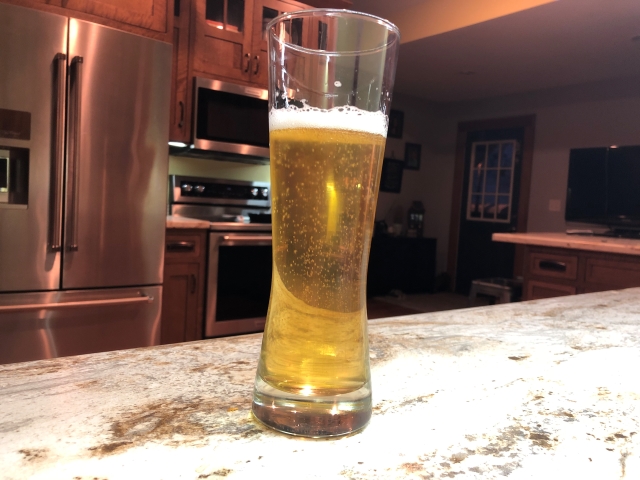- Joined
- Apr 18, 2006
- Messages
- 16,779
- Reaction score
- 5,916
I've made Saisons very dry with sugar to crank down to zero. Who wants to add a bunch of sugar to session beer? It cheapens the beer unnecessarily.Enzyme absolutely works in the fermenter.
My Brut went to 0.998 with enzyme only in the fermenter.
Didn't know that... Guess I never really researched it though. Thanks. Using one teaspoon adds to the original gravity so slightly, takes away from the final gravity and adds 1.1% ABV @ 1.030 OG.Hm. "Alpha Amylase Formula", what I found and got after quick search, 1lb, is 96% dextrose.
Is this the right stuff or should I have gotten the little bottle?
Last edited:





















![Craft A Brew - Safale BE-256 Yeast - Fermentis - Belgian Ale Dry Yeast - For Belgian & Strong Ales - Ingredients for Home Brewing - Beer Making Supplies - [3 Pack]](https://m.media-amazon.com/images/I/51bcKEwQmWL._SL500_.jpg)






































